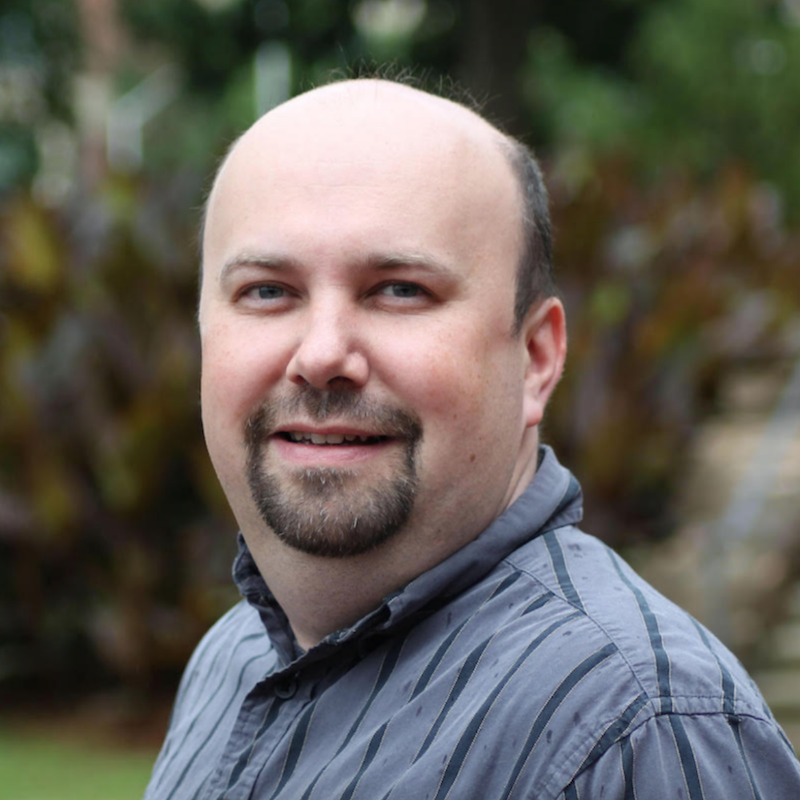
Olexandr Isayev
Assistant Professor, Chemistry
- Mellon Institute 511A
5000 Forbes Avenue
Pittsburgh, PA 15213
Area of Expertise
Computational Methods, Energy Efficiency, Solar
Education
Case Western Reserve University - Postdoctoral Fellow - 2009-2012
Jackson State University - Ph.D. in Theoretical Chemistry - 2008
Dnepropetrovsk National University, Ukraine - M.S. in Chemistry - 2002
Research
Theoretical and computational chemistry, machine learning, cheminformatics, drug discovery, computer-aided molecular design, materials informatics
The Isayev lab works at the interface of theoretical chemistry, pharmaceutical sciences and computer science. In particular, we are using molecular simulations and artificial intelligence (AI) to solve hard problems in chemistry. We are working towards the acceleration of molecular discovery by the combination of AI, informatics and high-throughput quantum chemistry. We also focus on both generative and predictive ML models for chemical and biological data. Details on specific projects can be found below.
Projects
Accelerating computational chemistry with deep learning
We are developing fully transferable deep learning potentials for molecular and materials systems. Such atomistic potentials are highly accurate compared to reference QM calculations at speeds 107faster. Neural network potentials are shown to accurately represent the underlying physical chemistry of molecules through various test cases including chemical reactions, kinetics, thermochemistry, structural optimization, and molecular dynamics simulations.
Materials informatics
Material informatics is a rapidly emerging data- and knowledge-driven approach for the identification of novel materials for a range of applications, including solar energy conversion. As the proliferation of high-throughput methods in chemical sciences is increasing the wealth of data in the field, the gap between accumulated-information and derived knowledge widens. We address the issue of scientific discovery in chemical and biological databases by introducing novel analytical approaches based on large-scale data mining and machine learning.
De Novo molecular design
The de novo molecular design problem involves generating novel molecular structures or focused molecular libraries with desirable properties. It solves a so-called inverse design problem. We develop artificial intelligence method that enables the design of chemical libraries with the desired physicochemical and biological properties or both.
Publications
Accurate and transferable multitask prediction of chemical properties with an atoms-in-molecules neural network.
Zubatyuk, J S Smith, J. Leszczynski. O. Isayev, Science Adv. 2019. 4 (7), eaap7885.
Approaching coupled-cluster accuracy with a general-purpose neural network potential through transfer learning.
J S Smith, BT Nebgen, R Zubatyuk, N Lubbers, C Devereux, K Barros. S. Tretiak, O. Isayev, A. Roitberg, Nature Commun. 2019, 10, 2903.
Machine learning for molecular and materials science.
K. T Butler, D. W Davies, H. Cartwright, O. Isayev, A. Walsh, Nature. 2018, 559, 547–555.
Deep Reinforcement Learning for de-novo Drug Design
M. Popova, O. Isayev, A. Tropsha, Science Adv. 2018 4 (7), eaap7885.
AFLOW-ML: A RESTful API for machine-learning predictions of materials properties
E. Gossett, C. Toher, C. Oses, O. Isayev, F. Legrain, F. Rose, E. Zurek, J. Carrete, N. Mingo, A. Tropsha, S. Curtarolo, Computational Materials Science, 2018, 152, 134-145.
Transforming Computational Drug Discovery with Machine Learning and AI
J. S. Smith, A. E. Roitberg, O. Isayev, ACS Med. Chem. Lett. 2018. 9, 1065–1069.
Transferable Dynamic Molecular Charge Assignment Using Deep Neural Networks
B. Nebgen, N. Lubbers, J. S Smith, A. E Sifain, A. Lokhov, O. Isayev, A. E Roitberg, K. Barros, S. Tretiak, J. Chem. Theory Comput., 2018, 14, 4687–4698.
ANI-1: An extensible neural network potential with DFT accuracy at force field computational cost
J. S. Smith, O. Isayev, A. E. Roitberg, Chem. Sci., 2017, 8, 3192-3203.
Universal Fragment Descriptors for Predicting Electronic Properties of Inorganic Crystals
O. Isayev, C. Oses, C. Toher, E. Gossett, S. Curtarolo, A. Tropsha, Nature Commun. 2017, 8, 15679.
Materials Cartography: Representing and Mining Materials Space Using Structural and Electronic Fingerprints
O. Isayev, D. Fourches, E.N. Muratov, C. Oses, K.M. Rasch, A. Tropsha, and S. Curtarolo, Chem. Mater., 2015, 27, 735-742.